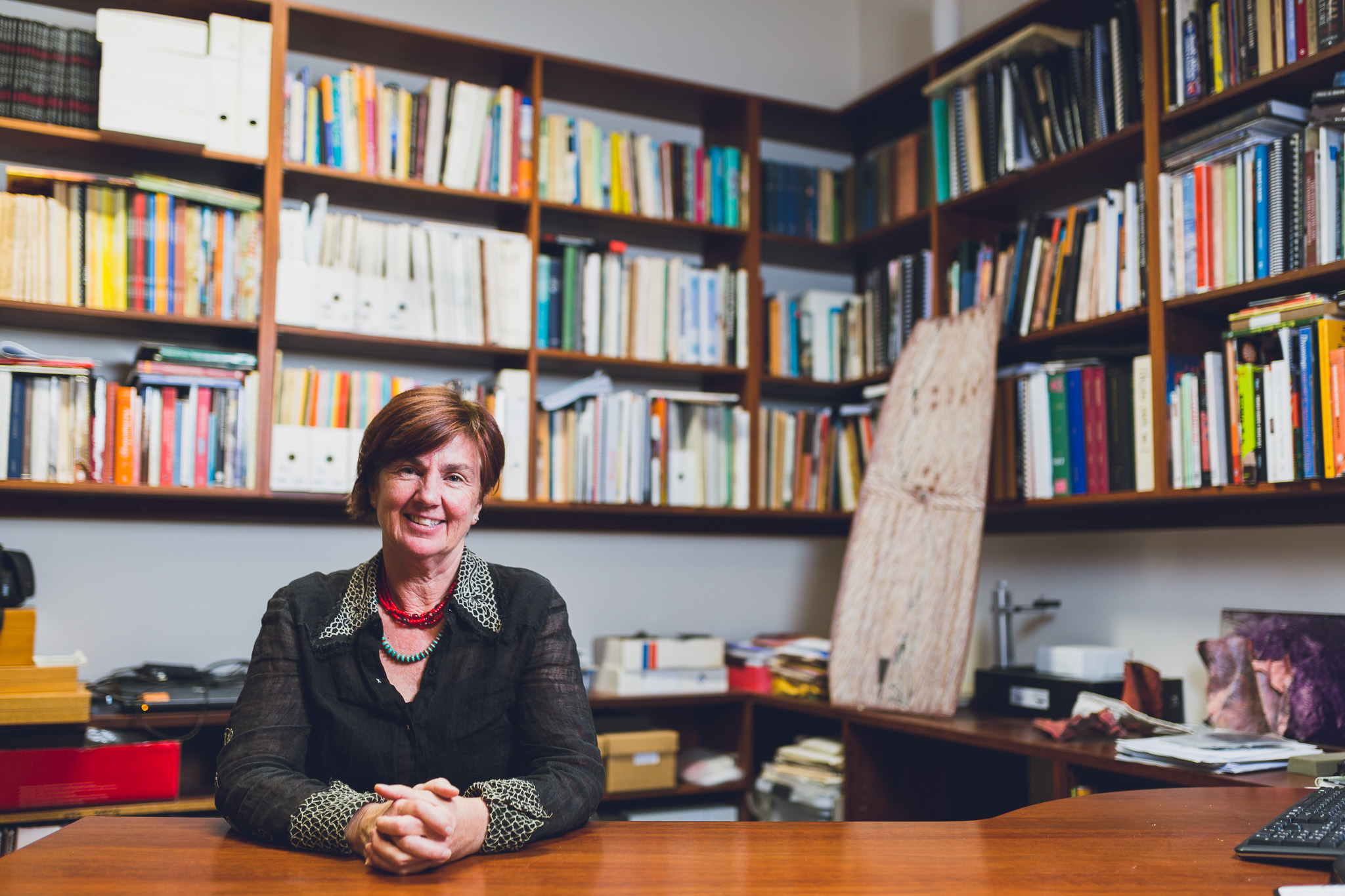Breaking new ground in ancient land.
Professor Jo McDonald is one of the rare few who can say her work has changed history. Director of The University of Western Australia’s Centre for Rock Art Research and Management, Professor McDonald is shedding light on some of Australia’s most ancient settlements.
Recently recognised for her outstanding contribution to Australian archaeology, Professor McDonald is best known for her research on Aboriginal rock art. However, she has also pioneered the direct dating of pigment art sites, helped Aboriginal communities attain Native Title, and assessed rock art significance at both national and World Heritage levels. On top of all of this, she has just uncovered evidence of domestic structures that predate the last ice age in the Dampier Archipelago. In collaboration with the Murujuga Aboriginal Corporation, she and her team will use this discovery to build a better understanding of how humans used this sacred area.
Carving her own path
Despite being renowned for her research, Professor McDonald’s route to academia was not a direct one. “I’ve always been interested in rock art, but I spent much of my career as a consultant, as well as an archaeologist in private practice.” It was while working on a linkage project on the Canning Stock route in the deserts of Western Australia that she decided to change direction and apply for a fellowship with the Australian Research Council. This was the turning point that led her to make her most remarkable breakthroughs.

The wonders of the remote
Today, Professor McDonald’s office includes some of Western Australia’s most idyllic locations. “We’re currently working in a conservation park on the Pilbara Coast, so we’re camping in places where other people can’t go, surrounded by natural beauty”. Although picturesque, the isolation of these locations brings unique hurdles for Jo and her team to overcome, “Being 4 or 5 hours’ drive from an airport, means we have a strict OH &S plan. We call in daily and we’re always prepared in case something does happen”.
She maintains this confident attitude to remoteness when she returns to work and teaching at the University. “Because it’s in one of the most isolated cities in the world, some people think UWA’s location is a problem, but I think it’s fantastic. Not only is it close to rock art, it’s globally connected. I’ve just completed a successful project in California while working at UWA. It’s our strong global relationships that enable us to do the research that keeps us ahead of the pack.”
An extraordinary legacy
Professor McDonald’s project in the Dampier Archipelago is still underway, but like all of her research, her aim is to make a positive and lasting impact. “I hope my work builds a better understanding of how magnificent our conservation states are. It’s not just natural beauty, it is a 50,000 year old cultural heritage. It’s an extraordinary legacy Australia needs to embrace and look after.”
Pull out box: Eureka every day
For many, a career in research is a pursuit for that ‘eureka’ moment. But Professor McDonald admits she experiences these moments on a regular basis. “That’s the joy of working in archaeology in Australia. It’s still a young discipline here, so we get the privilege of working on sites where archaeologists have never been before and we find things that are so much better than expected.”






